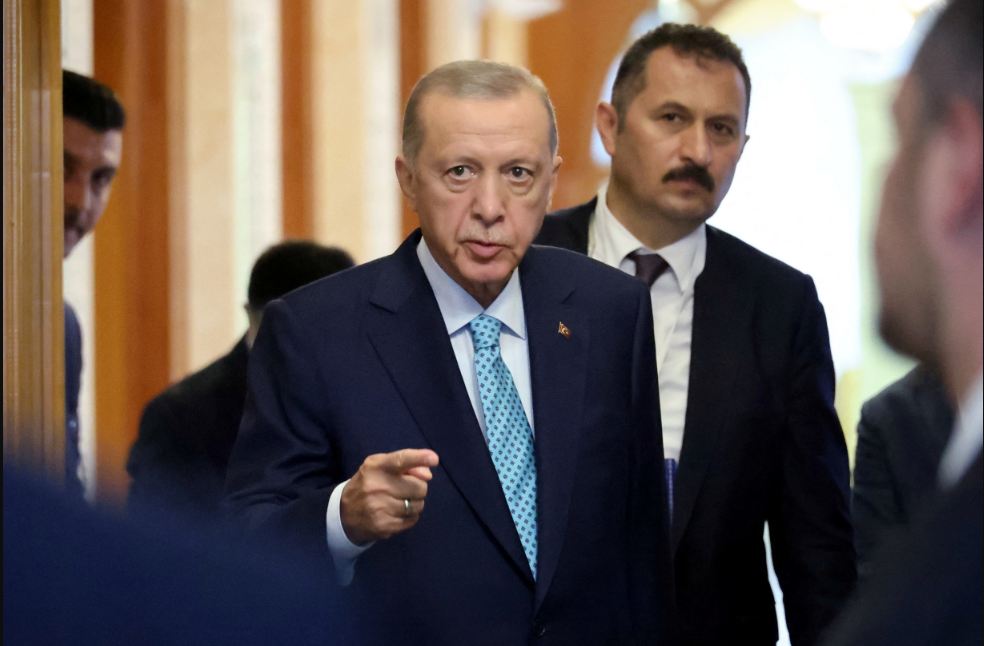Indian Regulators Consider Easing Curbs on Currency Derivatives as Market Shifts Offshore
Mumbai – Indian regulators are evaluating whether to ease strict rules on exchange-traded currency derivatives, as discussions gain momentum within regulatory circles.
The move follows months of requests from market participants who say the existing framework has pushed a significant portion of activity to offshore markets.
The current regulations require traders to hold an actual underlying exposure before taking positions in exchange-traded currency derivatives.
Although this rule existed earlier, it was rigorously reinforced in 2024, reducing speculative activity but also slowing overall domestic market participation.
Market participants say the advisory triggered a sharp decline in trading volumes in India. Meanwhile, overseas platforms saw a rise in activity, particularly in contracts linked to the dollar-rupee pair.
The average daily turnover in India’s currency futures fell sharply from more than $3 billion in early 2024 to under $1 billion in late 2025.
In contrast, futures linked to the dollar-rupee pair expanded significantly in Singapore, drawing greater interest from traders looking for flexibility.
Regulators are now considering whether adjustments could bring balance between oversight and growth.
Top officials from the central bank and India’s market regulator have held preliminary talks on modifying rules to reopen access to individual and proprietary traders.
No formal review has begun, but the idea has gained traction as authorities track falling domestic participation. A final decision is expected to rest with the central bank, which remains cautious about speculative flows.
Some regulators previously viewed speculation as a risk that could destabilize the currency. However, there is now an emerging opinion that controlled speculation helps improve liquidity and price discovery in the market.
Market watchers say the decline in volumes supports the concern that speculation had been driving much of the earlier activity. But they also note that the domestic derivatives market did not create major disruptions for currency management during that period.
According to people familiar with the discussions, regulators may be open to revisiting exposure rules if safeguards are strengthened. The focus is likely to be on controlling excesses rather than encouraging unfettered participation.
Traders have suggested reducing position limits to prevent the buildup of oversized speculative bets. Before April 2024, traders could take positions worth up to $100 million without showing evidence of an underlying need.
Many market participants believe this limit allowed individual traders to take large directional positions. Reducing these thresholds is being discussed as a way to address regulatory concerns while still allowing reasonable activity.
Regulators acknowledge that the global shift in trading has raised questions about the effectiveness of domestic constraints. As Indian markets lose volume to global exchanges, the challenge is to maintain oversight without discouraging legitimate participation.
Industry experts say balanced reforms could increase transparency while supporting the country’s financial ambitions. A more vibrant derivatives market could help attract investors who currently rely on overseas platforms.
While the debate continues, traders are watching closely for signs of regulatory change. Any easing of rules could gradually rebuild activity and restore India’s position in regional currency trading.
Market participants believe that clarity and consistency will be essential for long-term stability. They also note that any policy adjustments must preserve safeguards that prevent market manipulation or excessive volatility.
For now, discussions remain ongoing and no timeline has been announced. The currency derivatives market awaits further guidance as regulators weigh the risks and benefits of a revised framework.


